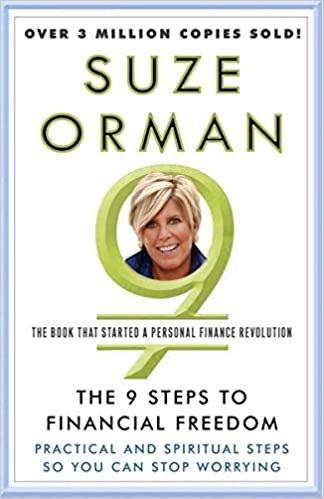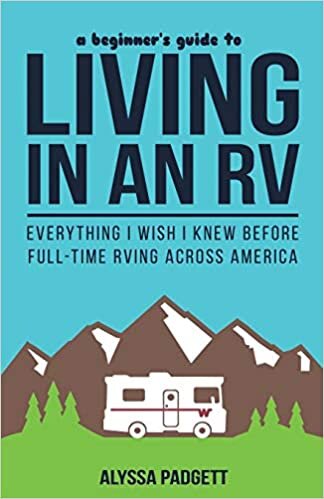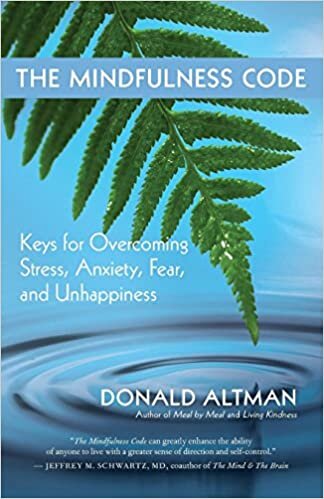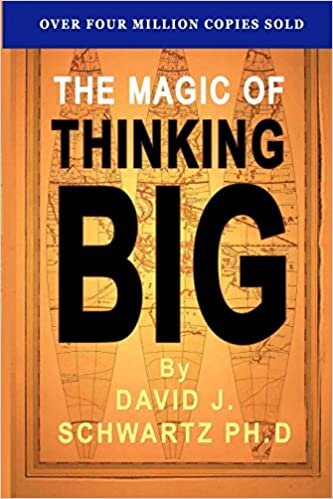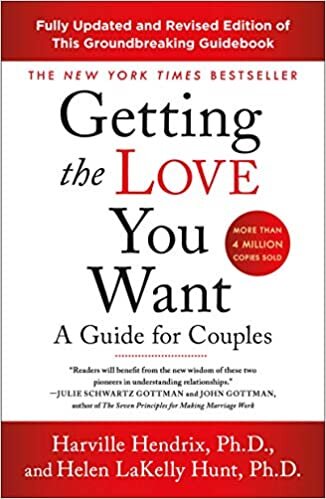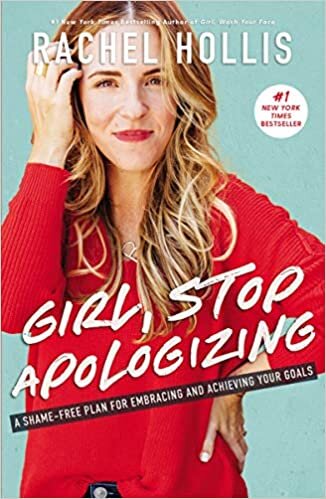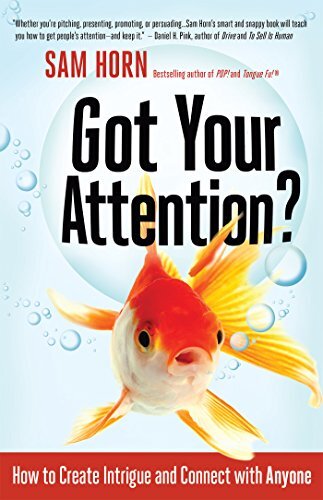How to Write an Introduction for a Self-Help Book
Hello Author! I see you, and I’m here to help you with your book!
So you’re writing a self-help book and you want to know how to start the thing. Or you want to know how the pros do it.
Find out how to start your self-help book, and how to structure it and capture your reader’s attention from the get-go.
Here’s what you need to know. . . .
How to Organize an Introduction for a Self-Help Book
Knowing how to structure a self-help book introduction will make your book start off on a great note and will show you as relatable, credible, and insightful.
The introduction to a self-help or how-to book begins with a story. Tell a relevant story from your life. Or tell your story. Keep it relevant. This is the most effective way to do it, but it can be a client’s, or another person’s. This should be a few pages.
Then prove you have the expertise to write the book. Explain who you are, how you came to write this book, and how you’re qualified to write the book. This can be another few to pages.
Invite the reader to join you on the road to improvement or success that you’re laying out for them. What will they accomplish through this book? Encourage them to stick with it. This should be less than a page.
Then tell the reader how to use this book and/or how it’s organized. If there are exercises or additional resources for them, say so. Keep this section short, well under a page.
(You may opt to flip these last two sections.)
You can get help organizing and planning out your book with a coaching call.
Pro Tips for Writing a Self-Help Book Introduction
It’s totally fine to write it as all one chapter. Or you can insert headings if you like. When typing, just remember to use Heading 1 for chapter titles, and Heading 2 and Heading 3 for subheadings and sub-subheadings!
Write in a conversational tone that’s authentic to you and to how you’ll be writing throughout the book.
Study how the pros do it. Check out the bestselling titles—books or authors that you feel are related to yours. See what they’re doing and look for elements that you can adopt. Again, be yourself!
Show empathy for your readers. They must feel like you understand. Like you have been where they are.
You want the reader to feel like there is a path to success—to transformation—if they follow the path you’ve laid out for them, if they follow the steps, if they do the work. With that in mind, be positive about what they can do if they read this book and do the work.
Writing a self-help book? You need a plan.
Get everything you need to structure your self-help book
in this self-help book outline template.
With title ideas and examples and tips for writing a successful self-help book.
Available in PDF, Word, and Google Docs formats.
What’s the Word Count for a Self-Help Book Introduction?
In another article, I wrote about the overall word counts of various types of nonfiction books. But what about the introduction of a self-help book?
Word counts for self-help introductions tend to be no more than 5,000 words, with many much shorter than that. But it depends on the overall length of your book and on whether you have a preface or a foreword. Self-help book introductions tend to be shorter than other nonfiction book introductions.
Think about it this way: Your goal is to get them to move on to the next chapter. Your goal is to get them to get right to work on solving their problem or achieving their desired result.
It’s crucial that you have a concise, punchy start to your book, with no wasted words. You may want to read it aloud to make sure it’s as engaging as it needs to be.
You got this!

